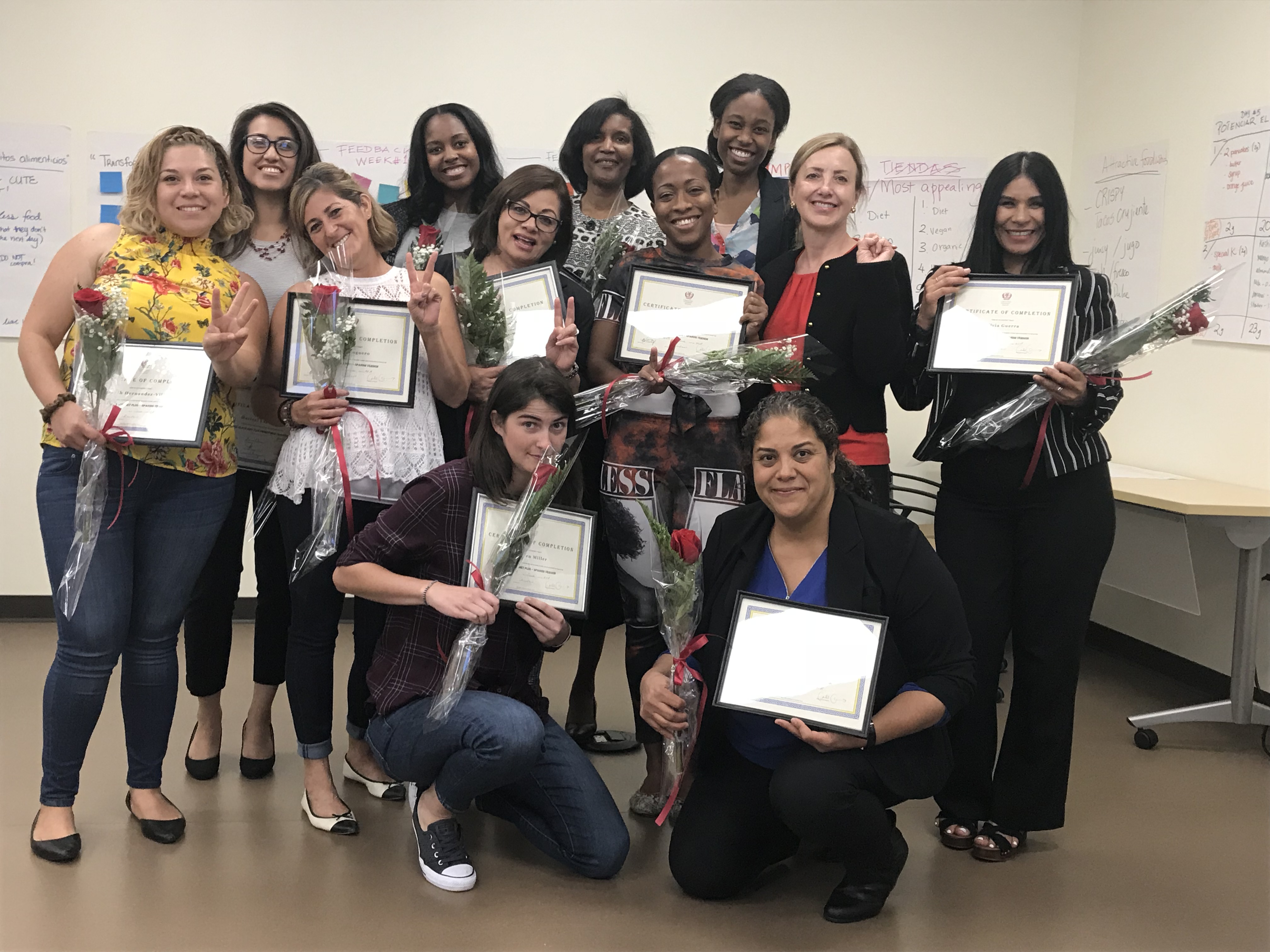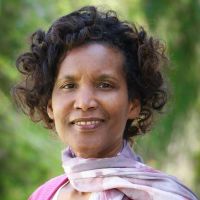
In the USA, there is a well-established correlation between low literacy level and poor health outcomes. Independent predictors of low literacy include poverty and being African-American or Hispanic/Latinx. This, in part, helps to explain the disproportionately high number of chronic conditions and mortality among these groups. To address these persistent health disparities many prevention and lifestyle programs have been developed but often suffer from poor engagement and outcomes among these target groups. Providing material that is appropriate to patients’ literacy level is an important step towards eliminating health disparities and is recommended by the American Medical Association and National Institutes of Health. However, more often than not, health education material is written at a literacy level that is too high to be understood by most readers. Furthermore, material content and suggestions are often not culturally applicable and engaging to this target audience, nor do they align with the reality of their lives of limited budget for food, access to fresh foods, and access to safe physical activity. To address the persisting health needs of an often low-literacy group—low-income Hispanics living in the Inland Empire—we collaborated to create an academic-community partnership (medical students, community health workers, and researchers) with the purpose of creating a simple literacy-appropriate, culturally-aligned, and socioeconomically-applicable (LACASA) lifestyle intervention. Funding was provided by the Ardmore Institute of Health.
The process—which included making sure local culture is respectfully incorporated, creating key intervention components, developing curriculum material, pilot-testing, and revising the program—lasted approximately fifteen months. Throughout, there was collaboration with the community. For both content and formatting we used Harvard School of Public Health recommendations for creating written material targeting low-literacy individuals. The final product, a picture heavy, interactive set of materials (participant book, instructor’s manual, and flipcharts for community teaching) was well-received and feedback from the community indicated that it was a good fit for the intended population in spite of program participants’ wide range of literacy levels. Several individuals stated that they had never understood the concepts as clearly before even though they had attended similar programs. The interdisciplinary team also benefited in that academic partners and medical students not only assured medical accuracy but also had the opportunity to gain a better understanding of the critical role of community health workers and the population they would later serve. On the other hand, community health workers appreciated the close collaboration, respect and input from medical professionals. Creating a LACASA program required investing time actively listening to key members of the target population and a commitment to making multiple adjustments to benefit those with the lowest literacy level represented. But the return on investment is more than worthwhile, especially considering the high cost of alternative health outcomes. And most importantly, as a result of this collaborative work, we were able to develop a program that works and that our community is excited to participate in.

Maud Joachim-Célestin, DrPH is an assistant research professor at the Loma Linda University School of Behavioral Health and adjunct faculty at the School of Medicine whose primary professional interests include translational research in chronic disease prevention among underserved populations. She has provided counseling, program planning and health education to Latino communities in California, New York, and abroad. More recently, she co-developed and oversaw a culturally-tailored diabetes prevention program implemented by community health workers serving Latinos living in the Inland Empire.
